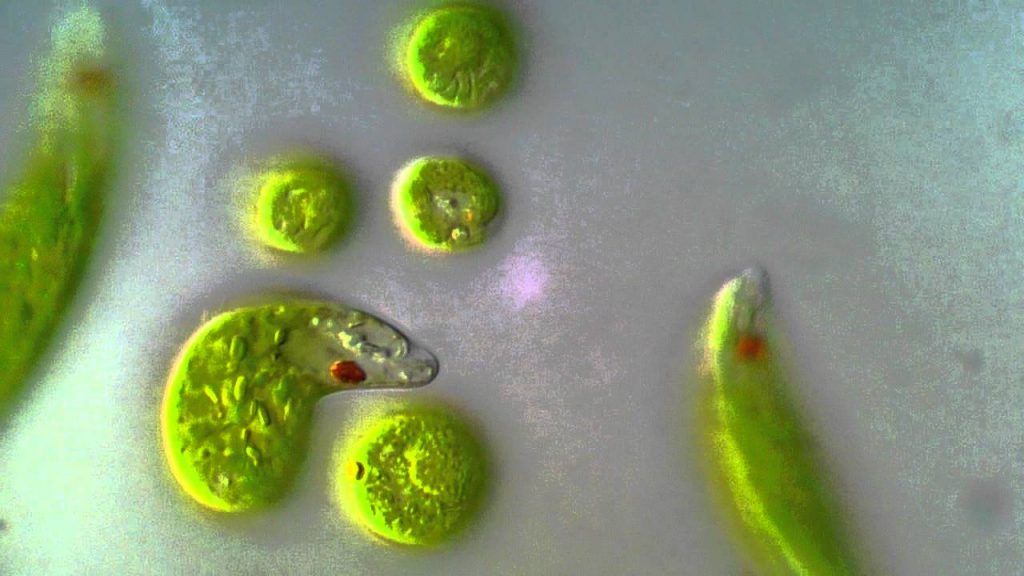As the years continue to go by, technology hands us more ways to treat water that we use in our everyday work. Simplified water purification systems have come up that enables us to treat the water we use from our homes. There are different methods of treating water. Each of these methods come with their own merits and demerits.
There are so many methods of treating water that you can be tired just trying to figure out which one to use. There are, however, steps that you can follow to ensure you get the right water treatment plan for yourself and household. The first step is to do some research on water treatment and methods best for you. Compare and contrast between the methods and then make a decision.
All these methods of purifying water may differ in their processes, but at the end of the day, you realize that all of them serve to make water potable.
Here are nine water filtration advancements for you.
1. The use of nanotechnology to filter water.
In 2014, a multi-functional water filtration membrane was developed by the Nano Sun of Singapore’s Nanyang Technological University. This water treatment method uses titanium dioxide nanotechnology in place of the usual polymer-based water filtration membranes.
This may look like some technical science stuff you the ordinary person, but all it does is kill bacteria plus break down organic compounds by the use of ultraviolet rays. The use of nanotechnology to treat water has helped to clean the environment too, as it helps to reduce the accumulation of microorganisms that thrive in wet surfaces. The method also helps to reduce biofouling as well.
2. Lifestraw
The lifestraw got introduced in 2008 for households. The lifestraw is set for individual use only. All you have to do is sip water through it as you would with a normal straw. Inside the lifestraw are two filters, a membrane, and charcoal filter that purifies the water as you suck it upwards.
3. The Photocatalytic Water Purification Technology

This water filter technique was unveiled at the Eco-Products in 2014 in Tokyo. The purification method uses UV rays from the sun and photocatalysts to detoxify polluted water. The process is very fast and uses the same method as let’s say what you learnt in school on chlorophyll and how sunlight enables it.
This water treatment method uses the exact method to trigger the same reaction by using the sun’s ultraviolet rays to purify the water. The developers of the technology also claim that it removes bacteria and arsenic as well.
4. The Acoustics Nanotube Technology
NASA’s Johnson Space Center developed the Aucostics Nanotube technology. The technology helps to eliminate contaminants in water, and the process makes it portable.
This type of water purification uses an “acoustic-driven molecular sieve that is embedded with small molecular nanotubes.” The method works to push water away from contaminants. It is one of the contributions made by NASA towards water purification and use in our ecosystem.
5. SunSpring system
In 2014, a Colorado company found a way to purify up to 5,000 gallons of water daily. This was remarkable considering that they were able to do this with just a battery that runs on renewable energy.
How it works; the SunSpring system uses a seven-mile membrane that is 0.02 microns thick to stop microbiological toxins. This was a remarkable feat and has helped purify and supply clean potable water to a sufficient number of households and companies alike.
6. Tata Swach

Tata Chemicals and Tata Data Research Development and Design Center are the ones to thank for designing this water treatment method. Tata Swach got launched in 2009 and was aimed at supplying potable water to low-income households. The project was originally meant to target low-income households and families in India. The method uses rice husk ash and nanosilver to kill bacteria and disease-causing germs. Tata Swach’s latest technology claims to be able to purify about 3-4 liter of water every hour.
7. Euglena Bio-filtration System

Euglena, this is an aquatic organism that absorbs water pollutants. With this knowledge, Noble purification developed the Euglena Bio-filtration System to treat water. The technology was launched in 2014. It works by letting controlled algae blossom in waste water. The algae then absorbs the toxins in the water to purify it.
8. Sunlight and High Tech Materials

In 2014, Anne Morrisey developed a new method of purifying water. The main raw material here is, of course, sunlight. The process also uses Graphene and TiO2.
9. Grundfos-pioneered Biological Purification Process

This water treatment process paved the way for treating wastewater in hospitals. The purification process goes through a biological process, then the ceramic filtration membranes and then polishing by carbon and ozone is the final process.

